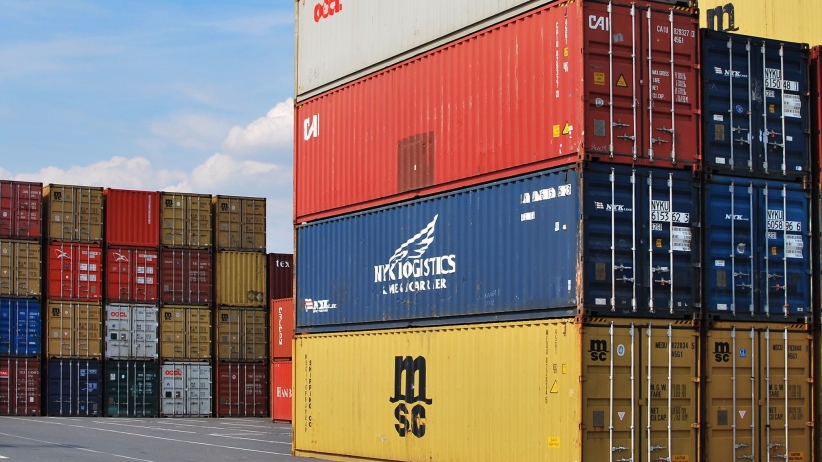
Communication and transportation across the world are getting so much easier that it’s predicted that as much as 80 percent of the world’s gross domestic product will be sold across international markets by 2027.
This isn’t hard to believe with so many multinational products in common use. By the time a cellphone reaches a consumer’s hands, it’s been a world traveller. It might have been assembled in Mexico with Chinese components and manufactured in Malaysia with parts designed in the U.S. According to a United Nation’s World Investment Report, there are about 40,000 multinational corporations in the world.
But international business isn’t just for big corporations. Research from UPS shows that small firms that are involved in global trade are 20 percent more productive than domestic firms and produce 20 percent more jobs.
Here’s some advice on how businesses can navigate those choppy seas:
1. Do a self-check.
Assess the organization to make sure it has the global mindset to support a cross-cultural endeavor. Businesses need the capability to scan the world from a broad perspective to understand their product, business, industry or particular market on a global basis.
2. Choose an environment.
Do research to find the most promising prospective markets and rule out those that won’t work. Learn about culture, regulations and business requirements. Then, choose a community, country or sector that’s friendly to small businesses looking to expand. Make sure there’s a real need for the product or service in question.
Businesses can learn a lot by studying where competitors are going, and there are great resources online through trade associations, U.S. government databases and The World Bank reports. Sites such asExport.gov offer market and industry trends to those who need it.
3. Prepare a feasibility plan.
A feasibility plan should include a thorough description of the company and all details of its objectives, target market and how and why it will surpass competitors.
After selecting a target market, dig deeper and analyze geographic, demographic, economic, cultural, political and infrastructural factors. Assess the size, characteristics and projected growth of the market and competitors’ products and strategies.
Don’t forget legal considerations. There may be licenses or certifications needed to export to the country or tariffs and import regulations that will affect business.
4. Identify potential buyers.
According to the Small Business and Entrepreneurship Council, nearly96 percent of consumers live outside the U.S., and two-thirds of the world’s purchasing power is in foreign countries. The Internet is fantastic for connecting with these potential buyers.
One of the first places foreign buyers will look is a business’s website, so make sure they can find everything they need there. Third-party websites such as Alibaba.com can help find people, but watch out for shady characters. Most large competitors have information about countries they’re selling to on their sites.
5. Start small.
In addition to potential political and economic challenges, geography may create kinks to work out, so start small. For example, my company once exported to a country with high temperatures in the summer, so the delivery had to be made in an expensive temperature-controlled container. We asked that customer to arrange delivery to save on added costs and risks.
Distribution and pricing is more complicated internationally, so remember that exchange rates may fluctuate and payments are tricky. All of our international orders are prepaid in U.S. currency so payment is upfront and on dollar currency.
6. Focus on relationships.
Practice patience, persistence, regular contact and respect for other cultures and business norms. Starbucks has done a great job of this with its “one cup at a time” approach that values and respects individuals and communities. This attitude helped the company grow from 15 stores and 100 employees in 1987 to 60,000 employees serving more than 22 million customers worldwide per week.
Technological advances can mean more than video chatting with family members while traveling abroad. As the global community becomes increasingly accessible, it’s opening up a world of possibilities for large and small businesses. Don’t sit comfortably at home when connections are being made with people across the world.



